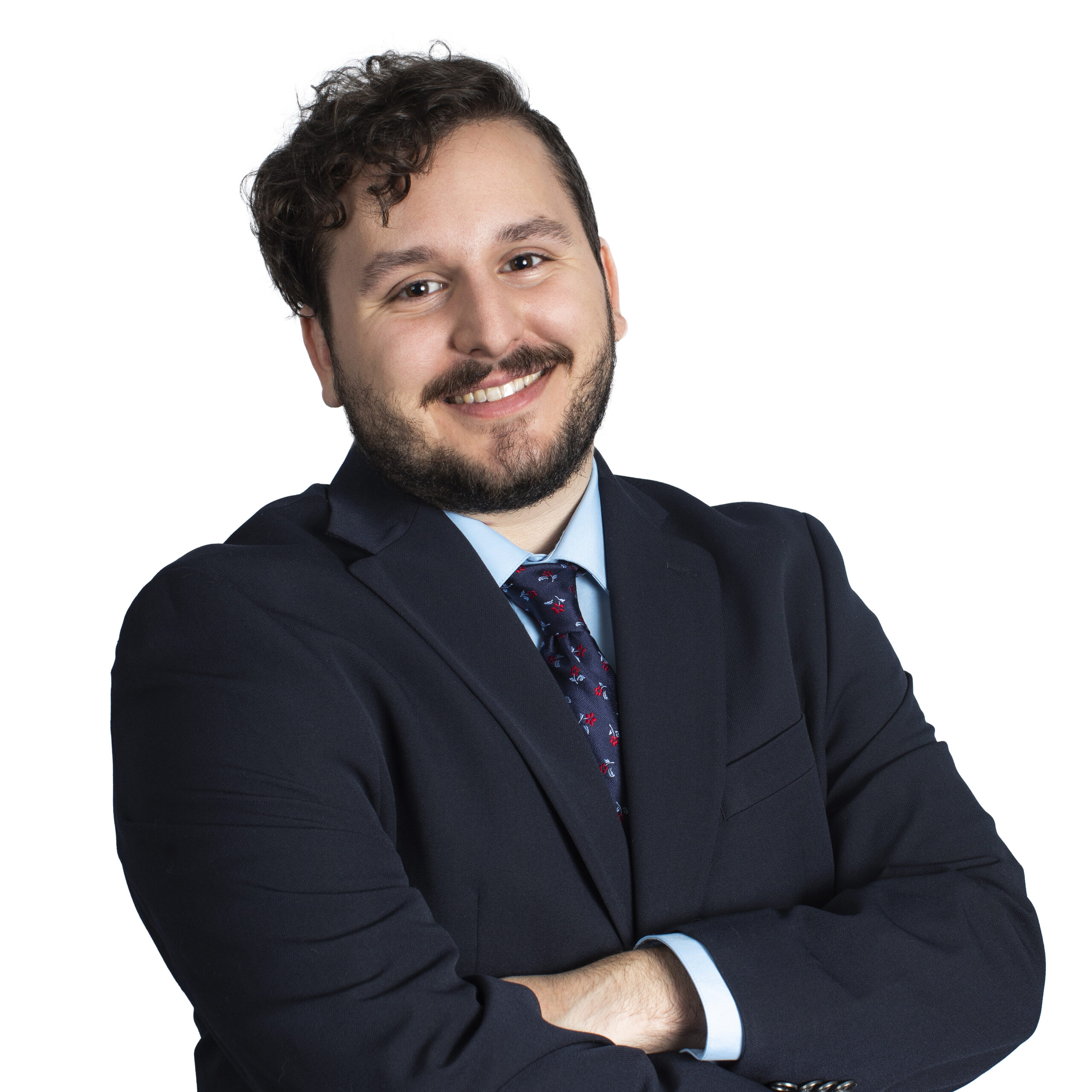It’s no secret that the Service Employees International Union (SEIU) is one of the largest donors to liberal political candidates and causes in California. What’s far less widely known is the staggering amount SEIU actually spends influencing California politics every year.
The number isn’t well advertised, and it can be difficult to know exactly how deep the union’s hand is in local politicians’ pockets.
The Freedom Foundation recently examined more than 25 political action committees that belong to the largest SEIU locals exclusively representing the state’s public employees and found that, in 2018, SEIU gave more than $39 million to fund its pet causes — many of which had little or nothing to do with improving the wages or working conditions of its membership.
To put that number into perspective, with a bit of saving the following year, SEIU could have purchased the island nation of Tuvala, which has a yearly GDP of just $42 million. Then again, the last thing SEIU needs is an island lair.
Since SEIU likes to live large, the union could have instead purchased 184 Lamborghinis.
More than a third of all its spending was funneled through a single source, the SEIU California State Council. SEIU, like other pyramid schemes, is organized from the top down to make sure the money flows into the right hands.
The SEIU California State Council was responsible for more than $15 million of the total $39 million of the year’s political spending by SEIU.
Most SEIU locals are organized in such a way where 20 to 30 percent of all union dues are paid out in “affiliate” dues, which immediately leave the union and get sent away. These affiliate payments are notoriously hard to track, but it’s important to note the SEIU California State Council has no direct members and, thus, doesn’t actually represent anyone.
Its only funding source is affiliate payments from other unions.
SEIU 1000, the state’s largest local for public employees, paid out more than $15.7 million to affiliates in 2017, the last year for which a public IRS form 990 was available. This is nearly $1 million more than it spent on all union employees’ salaries and wages for the entire year.
This is important to note for a single reason — unions will often claim that only a small percentage of members’ dues money goes into politics. However, payments to affiliates, which are notoriously hard to track, is a number that flies under the radar.
For many SEIU dues payers, a 20 to 30 percent savings on union dues could be achieved if they simply belonged to a union that wasn’t affiliated with a massive state and federal bureaucracy.
However, ever since the U.S. Supreme Court’s 2018 ruling in Janus v. AFSCME, more long-term savings could be achieved by simply opting out of the union in total. SEIU 1000 represented employees are keenly aware of this, since nearly 43 percent of dues-payers have already ceased their membership deductions.
On top of this, a recent Freedom Foundation study conducted by examining more than 450 public records requests and more than 100 IRS and Department of Labor forms shows that California public labor unions, in total, have lost nearly 11 percent of their membership, equal to $100 million in lost revenue, since the Janus decision.
Thanks to outreach and legal efforts by the Freedom Foundation, unions are increasingly having to make difficult decisions about how to spend their dwindling income.












